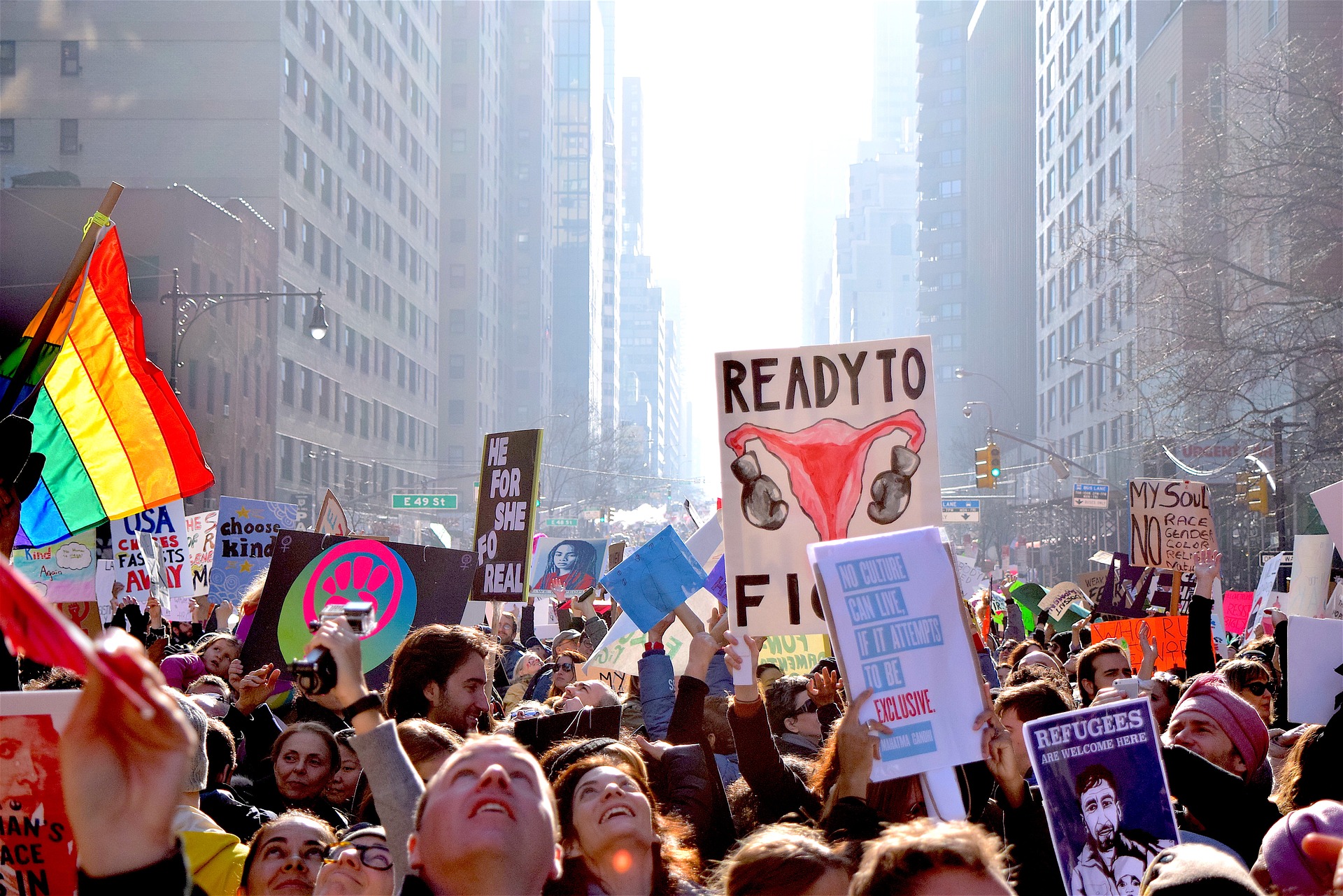In this day and age, what counts as the norm, exactly?
Those who love throwing the words “social justice warrior” and “special snowflake” around love to say that LGBT+ protests are unnecessary and entitled because we have finally been accepted into society and are allowed to exist. But is that really the case when gender normativity exists?
Because, sure, the law isn’t allowed to execute us for homosexuality (at least in the United States – in some countries, it’s still a crime punishable by death). And yes, we are legally allowed to walk the streets holding our partners’ hand or expressing our identity as a transgender, but that does not automatically imply that we feel remotely safe in doing so. There’s a difference between being (begrudgingly) tolerated from being accepted, and as far as many of us in varying genders and sexualities can tell, we are far from being accepted into society by everyone.
As long as gender normativity exists, the chains of traditional gender roles continue to hold us back and prevent us from living the lives we choose. And don’t you think it’s time that we spoke up and stopped it?
What Is Gender Normativity?
Gender normativity is the act of a society to reinforce standards of masculinity and femininity. It is the gender counterpart for heteronormativity, which believes that humans’ sexuality is, by default, heterosexual. As such, it has a limited view on sex, gender, and sexuality.
For example, if one were born a man, they would be expected to be sporty and masculine. Or women should be expected to be dainty and demure (but not too much). In a realistic example, patriarchal states like Syria do not value the need for sending their young women to school as they did once in the past. As such, the literacy rate for girls there is at around 74% percent while men are still at around 91%.
If these two terms were practiced, there would only be two exclusive combinations of sex, gender, and sexuality: a person that was biologically born a woman, identifies as a woman, and is sexually attracted to men; and a person that was biologically born a man, identifies as a man, and is sexually attracted to women. Anything outside these criteria is seen as an oddity or a mental condition.
And even then, the hold gender normativity has does not end there. Those that do fit into the two criteria under gender normativity and heteronormativity must also be willing to act accordingly. A biological woman must be willing to act like a woman according to gender roles, while biological men must do the same according to their sex. To do otherwise would be to go against the norms of gender roles.
What Are Gender Roles?

Gender roles are the behaviors, attributes, and activities a community or society believe is appropriate for either sex. It’s not as simple as gender stereotyping, but actually shapes how people of a certain sex are supposed to act within society since doing anything outside the norm may be subjected to stereotyping, ostracizing, or homophobia.
For example, under gender roles, it is normal to see a father teaching his son how to play catch. However, some people (especially those who adhere to societal gender roles) may think it is odd to see a father teaching his daughter how to play catch while his son is inside the house playing with Barbie dolls and insist he do the opposite even if this is what the kids would rather be doing.
If we were in a time before the early 20th century, our gender roles would be extremely strict with what is masculine and what is feminine. Today, however, while it’s much more lenient for cisgenders who fit the general norm, it’s not as accommodating to cisgenders who defy certain expectations or people outside the binary genders.
For example, if a cisgender male or female were to go to a school to read a story to a group of preschoolers, no parent would bat an eye or complain unless for reasons like an inappropriate story or the storyteller wasn’t a very good speaker. But in 2012, parents of first and third grade students at Emerson Elementary School in Compton were furious when they found out that retired porn actress Sasha Grey was a guest reader for their students. While she hasn’t been in a porn movie for a long time prior to her appearance in the school, the fact that her past defied the demure and wholesome expectations of women ostracized her from doing anything with children even when it had nothing to do with her sexuality. And even this year, drag queens who participate in storybook readings in public libraries receive protests, harassment, and death threats.
Gender Roles, Gender Normativity, and Societal Expectations

Gender roles and gender normativity overlap in the sense that they try to enforce standards or ways of living. If everyone followed these, everyone would be expected to fit the norm of a gender exclusively based on their biological sex at birth. Otherwise, the step a toe out of line and refuse to conform would lead to ostracizing that person.
Gender normativity is homophobic and discriminatory because recognizing the norms means recognizing that there are only two genders (even though science has proved time and time again that it has not) and every other form of gender expression is not normal.
But it’s time for people to start recognizing that a lot of genders exist. There’s nothing wrong with being a biological heterosexual woman who identifies as a female or their male counterpart, but you can be one while still recognizing that there are other people who feel differently about their identity. To force them into boxes and set expectations that they should act like everyone else is to stomp out their own identity and force norms down their throats.

